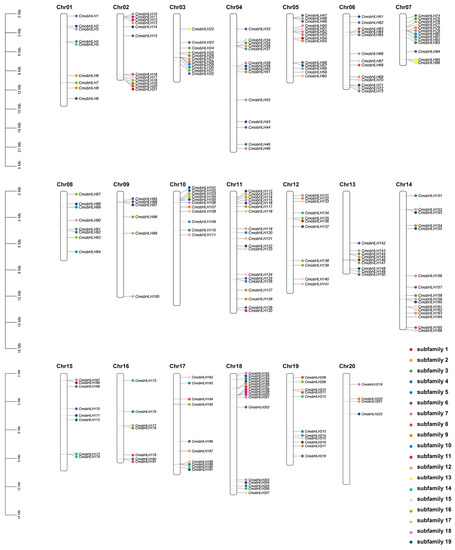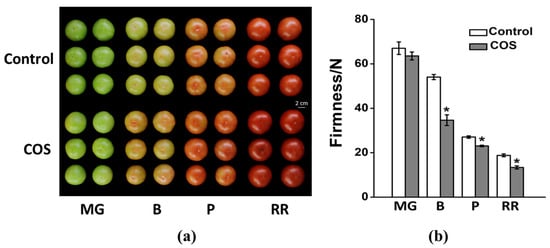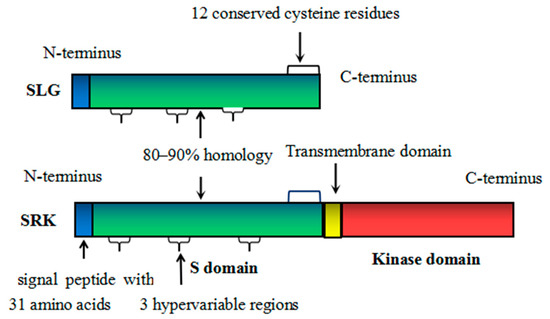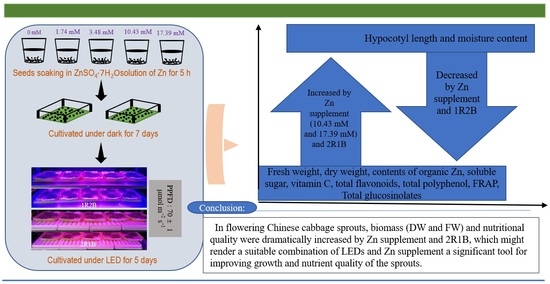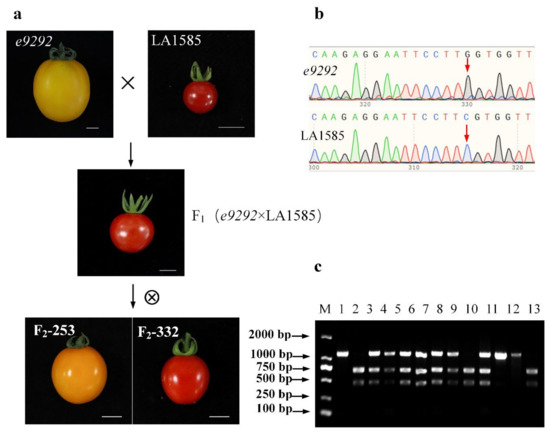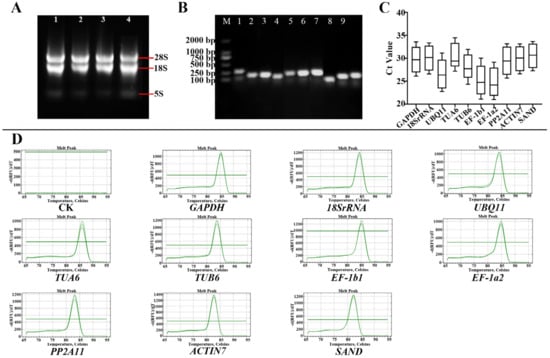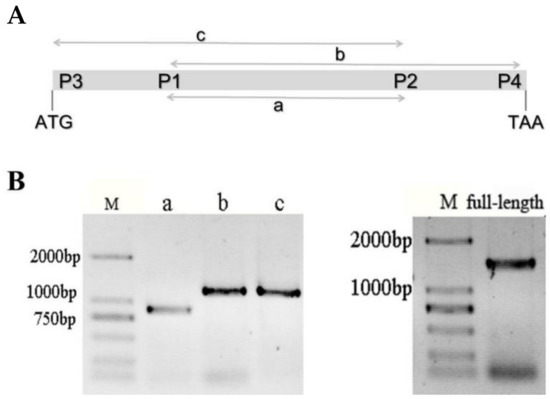Genetic Engineering and Quality Improvement in Vegetable Crops
A topical collection in Horticulturae (ISSN 2311-7524). This collection belongs to the section "Vegetable Production Systems".
Viewed by 25009Editors
Interests: carotenoids in tomato; glucosinolates in Brassica vegetables; quality and safety of vegetable products; chemical regulation; metabolic engineering
Interests: vegetable quality formation and regulation
Interests: carotenoids in tomato; quality of vegetable products; metabolic engineering
Topical Collection Information
Dear Colleagues,
Driven by industry demand, traditional fresh produce breeding has primarily focused on yield, shelf life, and resistance to biotic and abiotic stresses. Today, the demand for high-quality vegetables arises from increasingly curious, discerning, and health-conscious consumers. Vegetable quality constitutes organoleptic and nutritional aspects tightly related to dynamic biochemical compositions and structures. The quality of vegetable crops is seriously affected by diverse factors along the whole supply chain, covering the selection of suitable varieties, pre-harvest management, harvesting, post-harvest handling, and marketing. Phytochemicals (or secondary metabolites) such as glucosinolates and carotenoids from vegetable products make a significant contribution to vegetable quality and human health, and are therefore rapidly gaining attention. Along with the dissection of metabolic pathways and advancements in multi-omic technology, significant progress has been made in enhancing genetic gain in the era of genetic/metabolic engineering, and molecular breeding for quality improvement in vegetable crops.
For this Topical Collection, we invite research and review articles on recent advances in quality improvement in vegetable crops, including, but not limited to, the formation and regulatory mechanisms of quality traits in vegetable products (regarding organoleptic and functional aspects), quality improvement by classical/molecular breeding methods and genetic/metabolic engineering, biofortification through targeted vegetable nutrition for human health, optimization of primary and secondary metabolites (metabolic pathways) for improved quality, quality control along the whole production chain from field to fork, and quality determination methods and standards (nondestructive, fast, digital, and multi-omic). Contributions to this Topical Collection will shed light on value-added sustainable agriculture in the near future.
Prof. Dr. Qiaomei Wang
Dr. Rongfang Guo
Dr. Lihong Liu
Dr. Mengyu Wang
Collection Editors
Manuscript Submission Information
Manuscripts should be submitted online at www.mdpi.com by registering and logging in to this website. Once you are registered, click here to go to the submission form. Manuscripts can be submitted until the deadline. All submissions that pass pre-check are peer-reviewed. Accepted papers will be published continuously in the journal (as soon as accepted) and will be listed together on the collection website. Research articles, review articles as well as short communications are invited. For planned papers, a title and short abstract (about 100 words) can be sent to the Editorial Office for announcement on this website.
Submitted manuscripts should not have been published previously, nor be under consideration for publication elsewhere (except conference proceedings papers). All manuscripts are thoroughly refereed through a single-blind peer-review process. A guide for authors and other relevant information for submission of manuscripts is available on the Instructions for Authors page. Horticulturae is an international peer-reviewed open access monthly journal published by MDPI.
Please visit the Instructions for Authors page before submitting a manuscript. The Article Processing Charge (APC) for publication in this open access journal is 2200 CHF (Swiss Francs). Submitted papers should be well formatted and use good English. Authors may use MDPI's English editing service prior to publication or during author revisions.
Keywords
- vegetable
- nutrient quality
- metabolism
- flavor
- epigenetics
- biofortification
- genetic improvement
- phytochemicals
- quality standards
- sensory quality









